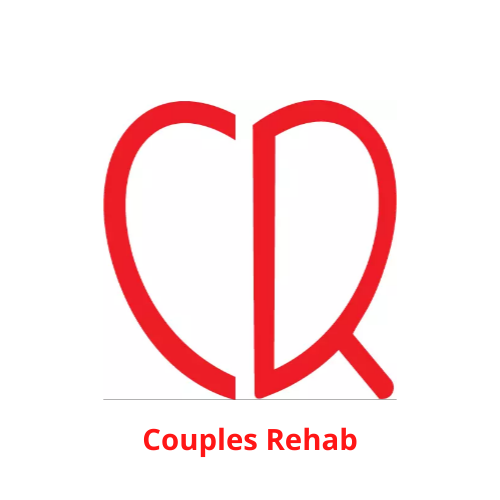by Lindsay Carnick
Americans are increasingly dying from opioid-related overdose deaths. According to the Centers for Disease Control and Prevention (CDC), overdose deaths involving prescription opioids have quadrupled since 1999. Heroin-related overdose deaths alone have quadrupled since 2010, and three to four heroin users report having abused prescription opioids before they started using heroin.[1] Opioid overdoses cause life-threatening levels of respiratory depression as well as other severe medical complications. The dangers of accidental death due to opioid overdose are increased when these substances are mixed with other medications, particularly short-acting anxiety medications; alcohol or other drug use; or the presence of other pre-existing medical conditions such as COPD, sleep apnea, compromised kidney or liver function, or a substance use disorder.
Society’s ability to mediate the opioid overdose mortality crisis has been significantly bolstered by the development of Narcan, which is a short-acting, brand name formulation of the opioid antagonist medication Naloxone HCL. Antagonists are medications that bind to the same receptors sites in the body as a given class of substances, effectively blocking the molecules of the substance from binding to the receptor sites. Unlike the actual drug, antagonists do not cause the release of endorphins and pleasurable neurotransmitters that are the driving force of drug use. Opioid antagonist medications inhibit opioid substances from eliciting the classically addictive experiences of opioid drugs from the body, making opioid use unrewarding.
Naracan is an emergency, short-acting opioid antagonist that binds to opiate receptor sites in the body with a higher affinity than actual opiates. By displacing the opiate molecules with imitation molecules that do not have the respiratory depressant effects of opioid drugs, Narcan temporarily reverses the effects of opioid overdoses when given immediately. It is available in intravenous injectable, auto-injectable, and nasal spray forms. It can be given multiple times to an overdosing individual by laypersons until emergency medical assistance is available to the overdosed individual, and can be administered again if a person shows signs of relapsing into an overdosed state of unconsciousness or respiratory depression. Narcan is considered safe for children who are suspected of having overdosed on opioids. It has no effect on individuals who have not taken opioids. Individuals who have opioid dependence issues may experience withdrawal symptoms after Narcan intervention.

The injectable form of Narcan has been used by emergency medical professionals for many years since its inception in the 1960s, but the 2015 FDA approval of the nasal spray formulation, which is easily used by laypersons and available in many states without a prescription, has significantly impacted community efforts to combat the opioid epidemic. Data from the CDC suggests that providing a significant number of opioid overdose deaths—over 26,000 between 1996 and 2014—have been averted by providing laypersons with access to Naloxone in the injectable form (prior to the Narcan nasal spray development and it’s wide availability without prescription. Additionally, like the auto-injectable, the nasal spray formulation is available without the training requirement of the injectable).[2] It is virtually impossible to tell how many lives are actually being saved by Naloxone in either formulation, as many individuals who receive it from a friend or family member may never seek additional medical care once they are no longer in an acute overdose. Whether administered by emergency medical services or laypersons, naloxone is intended to be used as a rapid intervention until more comprehensive treatment can be accessed in an emergency department. However, due to the cost, legal issues, stigma, and other variables often associated with accessing professional, emergency medical care for a drug overdose (accidental or intentional), it is probable that a significant number of individuals who have overdosed and then been stabilized through the use of Naloxone have not been identified. Furthermore, anecdotal data suggests that due to the extreme challenges of recovering from opioid addiction, many individuals who have been rescued from overdose death with naloxone have had repeated naloxone rescues. If these individuals do not present for the recommended follow up care after overdose or do self-report their number of overdose rescues by laypersons, there is no telling how not just how many individuals have been saved by Naloxone, but how many times they have been saved.
It is readily apparent that the wide and relatively easy availability of naloxone to the public without prescription and at relatively affordable costs has been a significant development in saving lives that might otherwise have been lost in opioid overdoses. However, there is also a general consensus that while saving an addicted individual’s life from accidental overdose is a critical step in recovery, emergency naloxone does not address the larger issue of opioid addiction. Once an individual has been rescued from overdose with naloxone, they still will have the same physical and psychological cravings for opioids as they did prior to overdosing. If relationship, financial, chronic pain, mental health, or legal problems contributed to their opioid abuse challenges, those challenges will still be waiting for them. Naloxone is a life-saving medication and can be an important safety measure as part of treatment plan, but it is not a stand-alone answer for treating opioid dependence or abuse.
The availability and accessibility to the public of Narcan in formulations that require neither prescriptions nor professional medical intervention has made a tremendous impact on the lives of many persons struggling with opioid dependence, and their families. The CDC estimates that the vast majority of opioid-related overdoses are accidental, and Narcan is saving the lives of persons who otherwise might not survive, regardless of if they had been appropriately using their prescribed medications or abusing an illegal substance. Additionally, as prescription opioid medications have flooded the American medical landscape, these medicines are increasingly proliferating into unintended hands such as children, adolescents, and individuals suffering from other kinds of opiate addiction such as heroin and seeking a less expensive, legal alternative. There are a wide range of circumstances under which any of these individuals might accidentally overdose on opioid medications, and as persons regularly prescribed opioids are increasingly encouraged to also store an emergency Narcan kit, the possibility of providing life-saving interventions to those who might inadvertently ingest these medications is greatly increased.
Opioids—even when legally dispensed– can be deadly a under a number of circumstances. Narcan is providing a remarkable and lifesaving opportunity for individuals, regardless of how they opioid use has entered their lives. Narcan is a remarkable development for those working towards recovery, as well as those who rely on opioid medications as a matter of medical treatment for a higher quality of life.
[1] https://www.cdc.gov/vitalsigns/heroin/index.html
[2] https://www.cdc.gov/mmwr/preview/mmwrhtml/mm6423a2.htm



